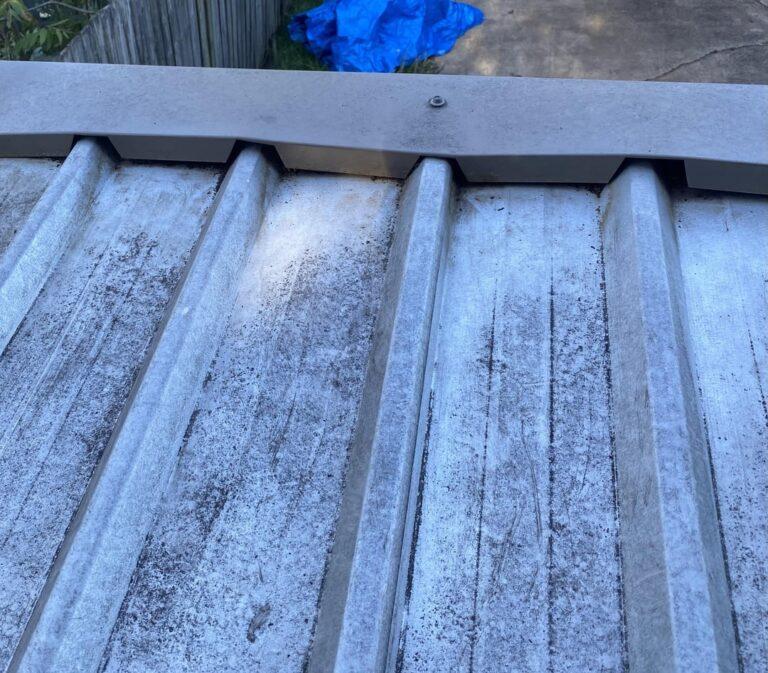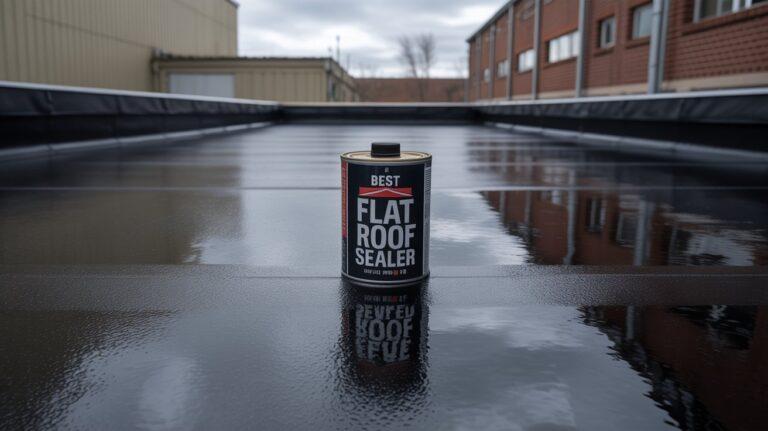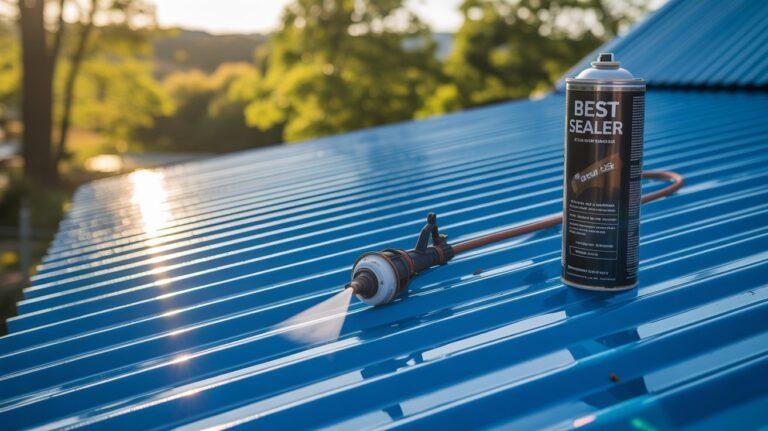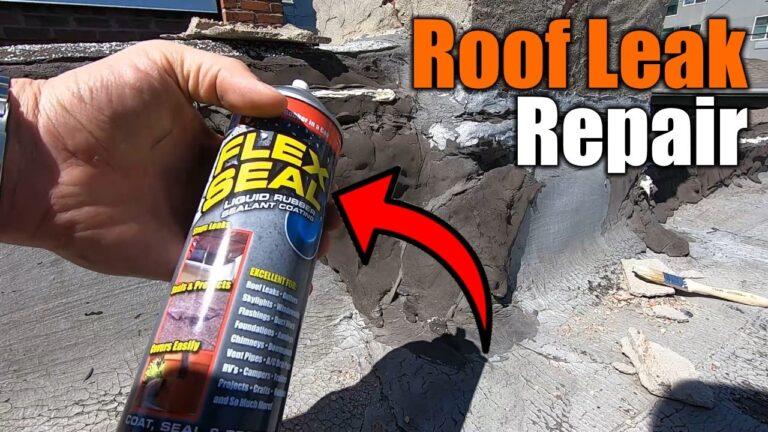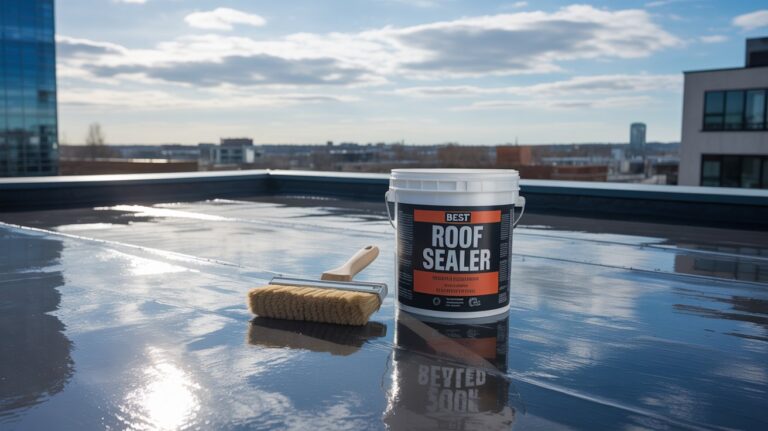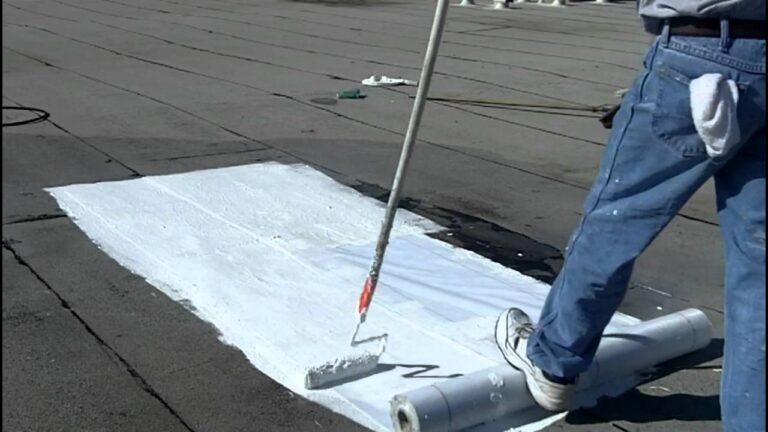How to Seal a Metal Building Roof : Expert Tips for 2024
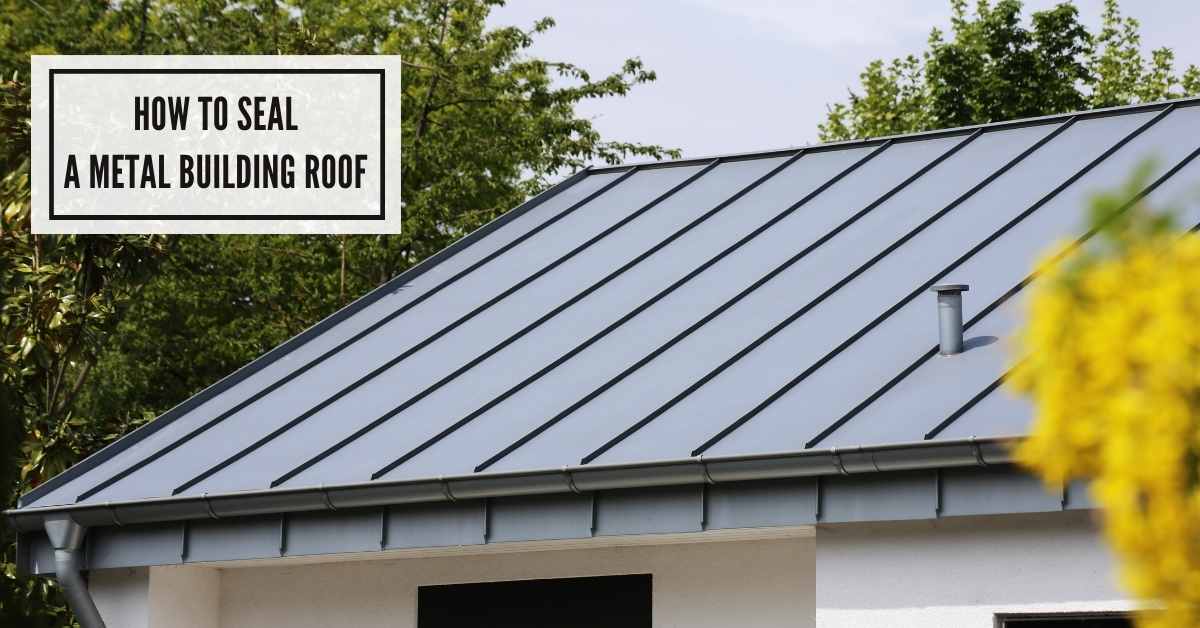
To seal a metal building roof, clean the surface and apply a suitable sealant on all seams and edges. Use butyl tape or sealant between panel overlaps for a watertight bond.
Securing your metal building against the ravages of weather starts at the top. Properly sealing the roof is a critical step not only to protect against leaks but also to maintain the structure’s longevity and energy efficiency. As commercial and residential buildings alike confront various climates, a well-sealed roof mitigates energy loss and prevents water damage.
For building owners and contractors, understanding the best practices in sealing procedures is essential for ensuring that a metal roof stands the test of time. With a diverse range of products available, such as sealants, tapes, and specialized coatings, the focus shifts to selecting quality materials and applying them with precision. By making sure the roof is impeccably sealed, you uphold the integrity of the building while avoiding future repair costs.
Overview Of Metal Roofing Materials And Benefits
Welcome to the introductory guide to Metal Building Roofs! Metal roofs are well-known for their durability, longevity, and aesthetic versatility. However, just like any other roofing material, they require proper maintenance. Sealing is a crucial part of this maintenance, helping to keep your metal roof in peak condition for years to come.
- Metal roofing materials come in various forms, such as steel, aluminum, and copper.
- Outstanding durability against extreme weather conditions.
- Long lifespan: A properly installed metal roof can last as long as the building itself.
- Energy efficiency: Reflects sunlight, reducing cooling costs.
- Environmentally friendly: Often made from recycled materials and is fully recyclable at the end of its life.
Common Issues That Necessitate The Sealing Of Metal Roofs
- Prevent leaks: Sealing fixes gaps where water can enter.
- Combat rust: Sealing helps prevent corrosion on metal surfaces.
- Address wear and tear: Regular sealing can limit deterioration from the elements.
- Secure fastener heads: Prevent water ingress around screws and joints.
The Importance Of Regular Maintenance And Sealing
- Prevent costly repairs: Routine sealing can save money in the long run.
- Improve your roof’s performance and extend its service life.
- Ensure energy efficiency: Proper sealing maintains the reflective properties of a metal roof.
- Maintain appearance: A well-sealed roof retains its aesthetic appeal longer.
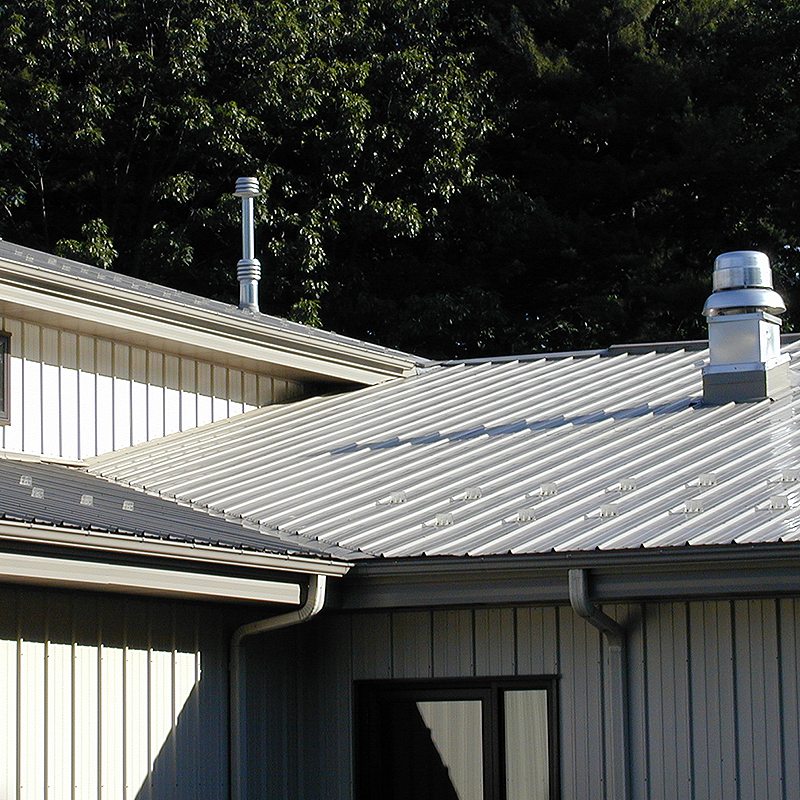
Credit: www.emseal.com
Preparatory Steps Before Sealing
Before diving into the sealing process of a metal building roof, it’s critical to prepare. Good preparation ensures a watertight seal protecting your building for years. This guide outlines these important preparatory steps.
Assessing The Roof Condition And Identifying Problem Areas
Start with a thorough assessment of your metal roof. Look for signs of rust, holes, or loose seams. These could indicate larger issues. Identifying problem areas early will save time and resources later.
- Check for structural damage
- Ensure roof panels are fastened securely
- Look for any water leaks inside the building
Tools And Materials Needed For Sealing A Metal Roof
Gather the right tools and materials before ou start. This includes:
| Tool/Material | Use |
|---|---|
| Caulk gun | For applying sealant |
| Metal brush | To clean the surface |
| Sealant | To create waterproof barrier |
| Ladder/scaffolding | To safely reach the roof |
| Gloves and safety goggles | For personal protection |
Cleaning And Preparing The Surface For Optimal Adhesion
Proper cleaning ensures the sealant adheres perfectly. Follow these steps:
- Remove any debris or dirt with a soft brush.
- Trim any overhanging branches to prevent future debris.
- Wash the roof with a mild detergent and water solution.
- Rinse thoroughly and let dry completely before sealing.
Dry and clean surfaces prevent sealant failures. Skipping this step might cause the sealant to not stick properly.
Sealing Process
The roof of a metal building is its shield against weather. Over time, even the strongest roofs need sealing. A thorough sealing process can stop leaks. It can extend the life of your metal roof. The steps are easy to follow and vital for roof maintenance.
Choosing The Right Sealant For Your Metal Roof Type
Different roofs need different sealants. The key is to match the sealant to your roof. Metal roofs can be aluminum, steel, copper, or tin. A silicone-based sealant is great for most types. It withstands temperature changes well. But, for copper roofs, use a sealant made for copper. This will prevent reactions that can damage the roof.
Step-by-step Application Of Metal Roof Sealant
Applying sealant is a straightforward process. Begin with a clean, dry surface. Remove any rust, debris, or old sealant. Next, apply the sealant. Do this with a caulking gun for precision. Use enough to cover gaps but avoid over-application. Smooth the sealant with a spatula or similar tool. This ensures an even spread. Let it dry according to the product’s instructions.
Ensuring Proper Coverage And Seal
Proper coverage is vital for an effective seal. After applying the sealant, check for misses. Look at the seams and edges closely. Small holes can lead to leaks. If needed, apply a second coat. Just make sure the first layer is dry. Lastly, inspect your work. A good sealant should last for years, protecting your roof from the elements.
Aftercare And Maintenance
Once your metal building roof is sealed, it’s crucial to focus on aftercare and maintenance. This ensures protection lasts and the roof stays in top shape. Proper aftercare can prevent leaks and extend the life of the sealant, saving you time and money. Let’s dive into how to keep your sealed roof performing its best.
Inspecting the Roof After Sealing for Quality Assurance
Inspecting The Roof After Sealing For Quality Assurance
After sealing a metal roof, assessment is key. An immediate inspection can catch any issues before they escalate. Here are steps to check the quality:
- Examine the sealant for uniform application.
- Check for missed spots or bubbles.
- Ensure proper drying has occurred.
Maintenance Tips to Prolong the Life of the Sealed Roof
Maintenance Tips To Prolong The Life Of The Sealed Roof
Consistent upkeep will keep your sealant effective. Follow these maintenance tips:
- Keep the roof clear of debris and standing water.
- Trim trees nearby to reduce leaf accumulation and potential abrasions.
- Inspect bi-annually, checking for signs of wear or damage.
When to Reapply Sealant: Recognizing the Signs
When To Reapply Sealant: Recognizing The Signs
Sealant doesn’t last forever. Know when to reapply:
| Sign | Action |
|---|---|
| Cracks or peeling | Schedule reapplication |
| Discoloration or staining | Inspect for underlying issues |
| Water leaks | Immediate action required |
Pro Tips And Common Mistakes To Avoid
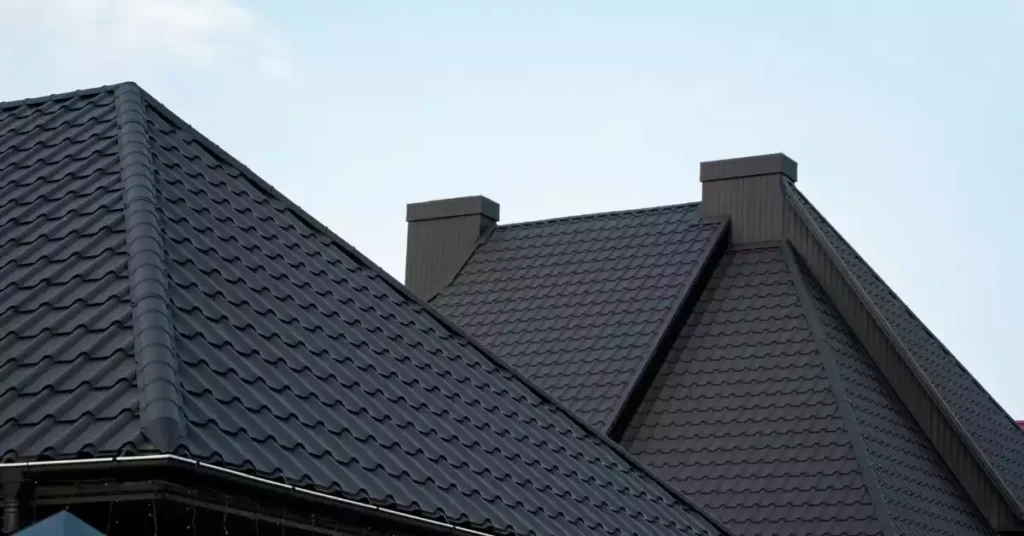
Sealing a metal building roof protects it from leaks and weather damage. Knowing the right methods and what not to do is key for durability. Below are pro tips to guide both DIY fans and skilled roofers. These include common mistakes to steer clear of for a perfect seal.
Expert Advice For Diyers And Professional Roofers
Start with a clean surface. Remove all dirt, rust, and old sealant for a strong bond. Use a suitable primer for better adhesion. Pick the correct sealant for metal roofs, one that withstands temperature changes and UV rays.
Do a patch test to ensure compatibility. Seal all seams, joints, and edges thoroughly. Overlapping sections need special attention to prevent water ingress. Apply sealant evenly with a caulking gun for a consistent bead.
Common Pitfalls In The Sealing Process And How To Avoid Them
- Selecting the wrong sealant – Not all products work on metal roofs. Verify the sealant is for metal surfaces.
- Ignoring the manufacturer’s instructions – Always follow the guidelines, including curing times.
- Poor application – Make sure to cover all seams and apply sealant smoothly without gaps.
- Insufficient cleaning – Any debris left on the surface can cause weak spots in the seal. A thorough cleaning is crucial.
Weather Conditions And Timing: Best Practices For Roof Sealing
Weather plays a big role in roof sealing. Choose a dry day with mild temperatures for best results. Avoid extreme heat as it can cause the sealant to cure too quickly, and cold can prevent it from setting.
Monitor humidity levels, as too much moisture in the air can impact sealing performance. Always check the weather forecast before starting. Apply the sealant early in the day to allow ample drying time before dew or frost sets in.
Frequently Asked Questions
What Is The Best Sealant To Use On A Metal Roof?
The best sealant for a metal roof is a high-quality, UV-resistant polyurethane or silicone-based product designed for flexibility and durability.
How Do You Waterproof A Metal Shed Roof?
To waterproof a metal shed roof, clean the surface, apply rust inhibitor, seal seams with silicone caulk, install waterproof membrane, and apply a metal roof coating.
How Do You Stop Water From Coming Into A Metal Building?
Seal gaps with waterproof caulk. Install gutters to direct rainwater away. Ensure proper grading for drainage. Use weather stripping around doors and windows. Regularly inspect and maintain the roof.
What Is The Best Caulking For A Metal Building?
The best caulking for a metal building is a high-quality, polyurethane-based sealant designed for metal-to-metal adhesion.
What Materials Are Needed To Seal A Metal Roof?
A variety of sealants, such as silicone or urethane, along with application tools like caulk guns or brushes, are typically needed for sealing a metal roof.
Conclusion
Sealing a metal building roof helps protect your structure from the elements and extends its life. Embrace this guide’s simple steps for a watertight seal. Your investment in quality materials and precise application will pay off. Ready to tackle the task?
Equip yourself, step up safely, and ensure enduring shelter overhead.

I am Robert Sandin, a professional sealing expert with a diverse range of expertise. From concrete to various other materials, I possess in-depth knowledge and experience in the art of sealing. On my website, I offer valuable tips and expert recommendations on sealing techniques and products for different materials. Whether it’s concrete, wood, metal, or more, I am committed to providing you with the guidance you need for successful sealing projects.

